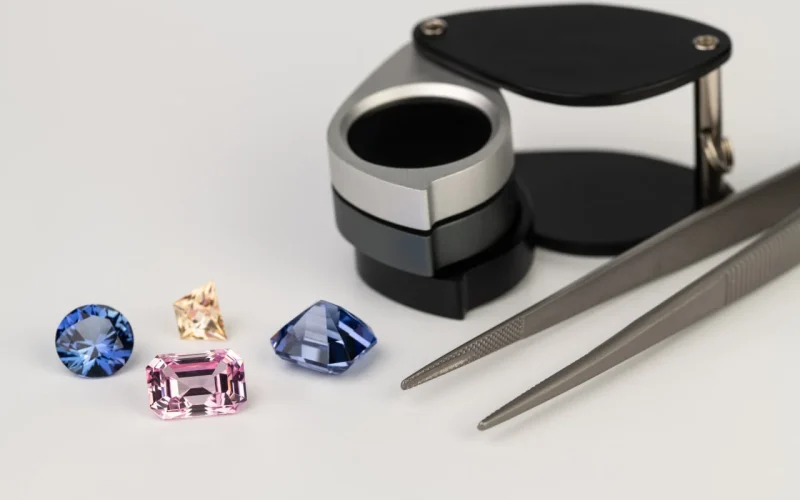Lab-Grown Diamonds and Custom Jewelry
Welcome to Regal Studio, your premier destination for an exquisite collection of lab-grown diamonds and custom-made jewelry. Our dedication to crafting high-quality, sustainable pieces sets us apart. While we celebrate the allure of natural gemstones, we proudly offer ethically sourced diamonds that deliver the same captivating brilliance without the environmental and ethical concerns of traditional mining.

Explore Our Curated Collection of Lab-Grown Diamonds
Browse through our carefully curated collection, Every stone is meticulously selected for its superior quality, making it the ideal choice for:
- Engagement rings that symbolize love and commitment.
- Statement pieces that stand out with elegance.
- Heirloom jewelry designed to be cherished for generations.
Discover the limitless possibilities of lab-grown diamonds at Regal Studio and embrace their beauty, ethics, and sustainability.
Why Choose Lab-Grown Diamonds?
Contact us Today
3384 Peachtree Rd NE #120, Atlanta, GA 30326, United States Call or Text Us (For the fastest response)
📞 +1 (404) 643-8855
📞 +1 (404) 846-2525
📧 info@regal.studio

